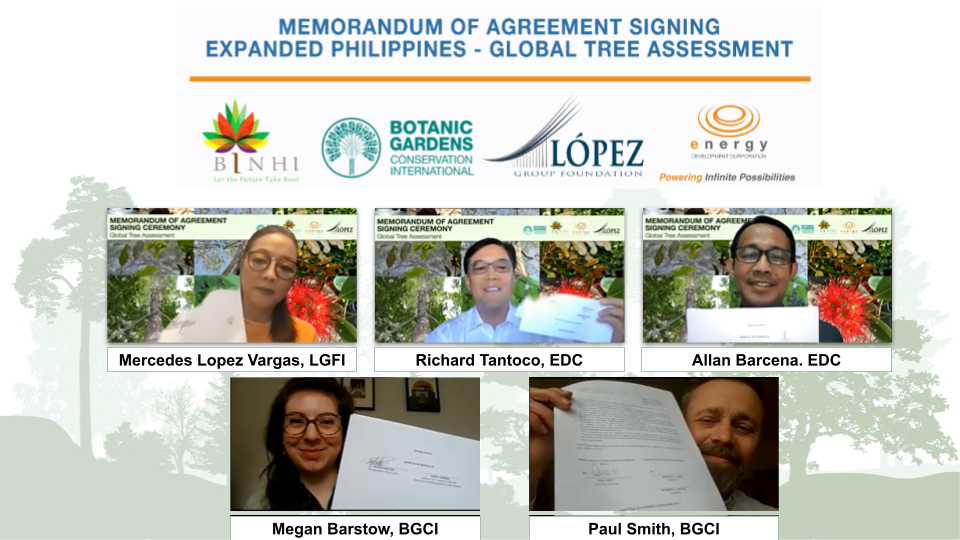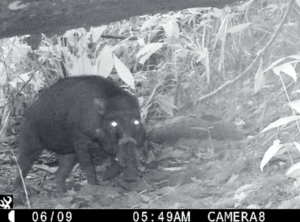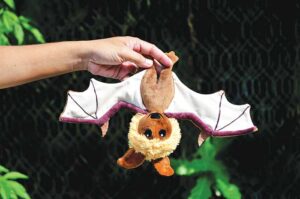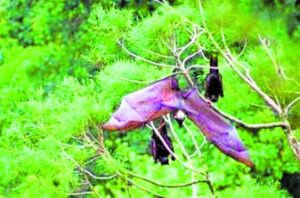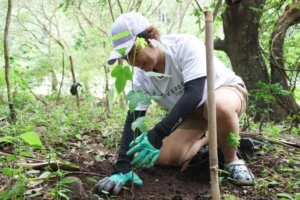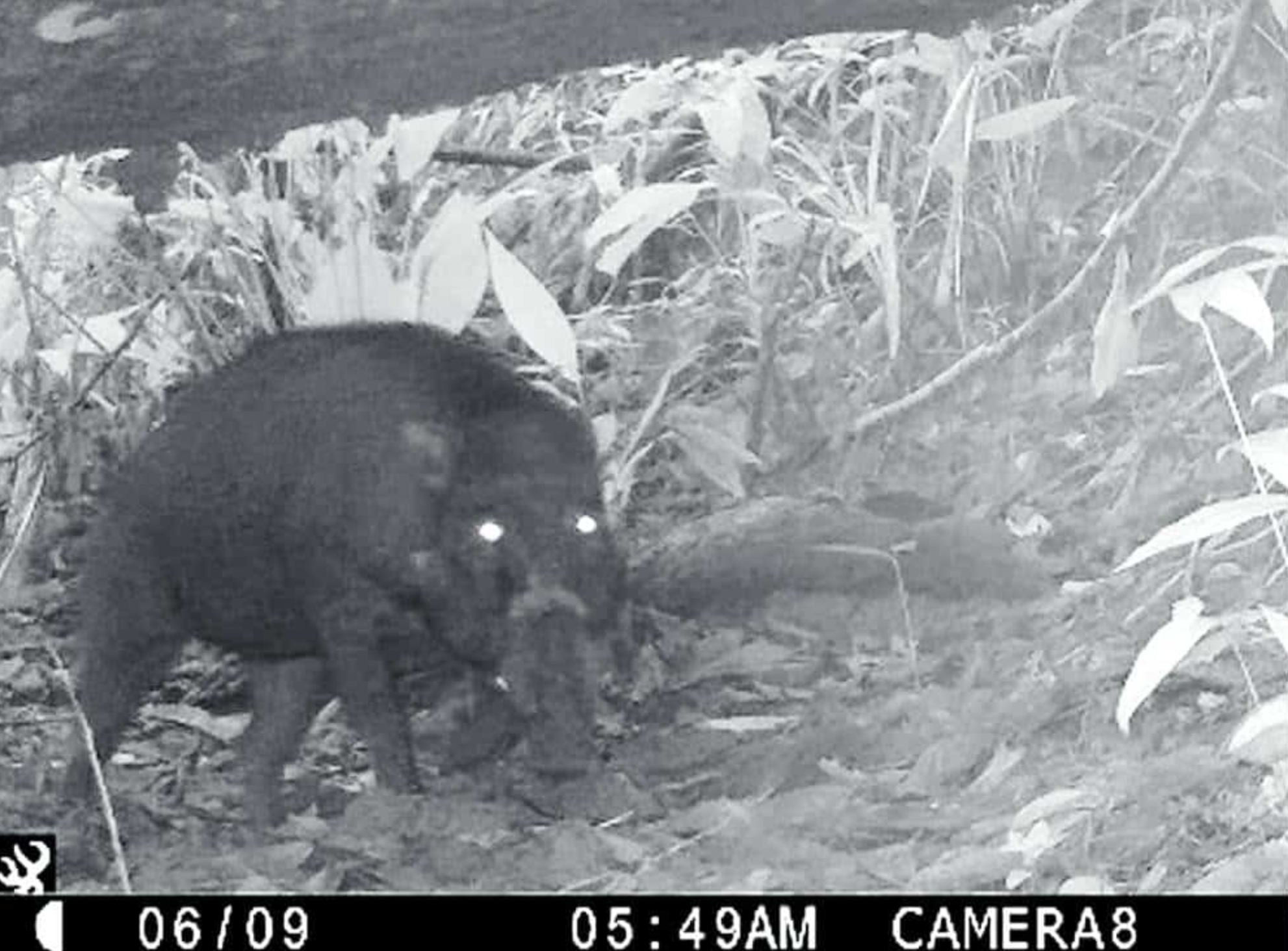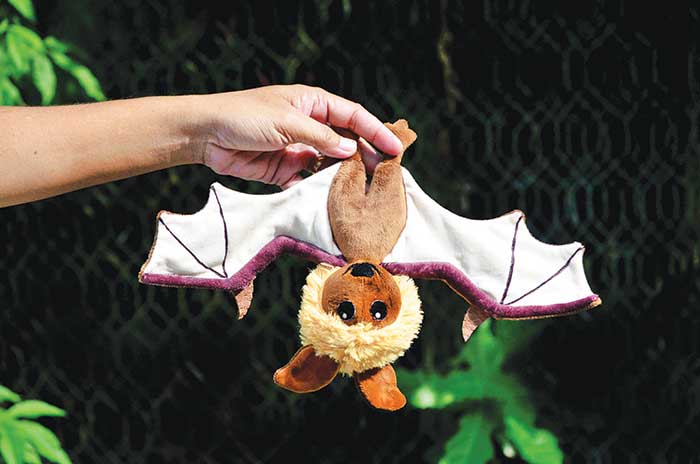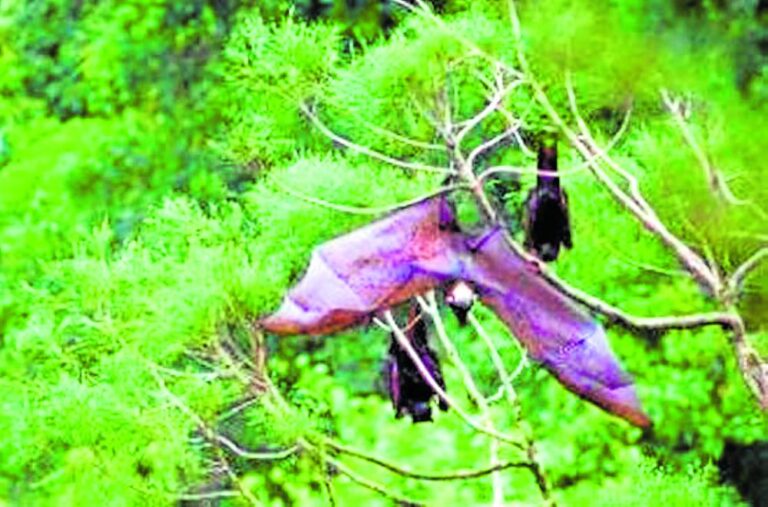Europe-based Botanic Gardens Conservation International (BGCI) has extended its partnership grant with Lopez-led geothermal leader Energy Development Corporation (EDC) for two more years to assess and conserve additional 200 Philippine endemic tree species and 470 near-endemic species.
Near endemic species are those that can be found not only in the Philippines but also in two or three more countries while endemic are species that can only be found in the Philippines.
Under the BINHI program, EDC was tapped in May 2019 as the first and sole partner of BGCI for its Global Tree Assessment (GTA) program for the conduct of conservation status assessments of 800 Philippine endemic tree species for two years. BGCI is the secretariat of the IUCN for GTA, an organization that formulates measures for the protection of the environment through data gathering, research, field projects, advocacy, and education.
Through the partnership, EDC received a grant of £16,160 or more than P1 million. BGCI also trained the BINHI team, its partner organizations, and representatives of the Department of Environment and Natural Resources (DENR) on the IUCN Red List methodology, a vigorous and globally respected procedure following strict guidelines and data requirements on extinction risk assessments.
According to Megan Barstow, Conservation Officer of BGCI, before 2019, only 248 assessments for trees native to the Philippines were published on the IUCN Red List. To date, there are now 1,225 assessments, 42 percent of which were contributed by EDC in collaboration with Pro-Seeds Development Association Inc., an organization based in the University of the Philippines-Los Banos (UPLB) composed of young professionals engaged primarily in various environmental research as well as the promotion and development of environmentally sound management strategies.
“But there’s not just tree assessments that we need to be doing to help save the world street species, we also need to be taking conservation actions. BINHI is already a great example of this, working with its community farmers and leading on protection and propagation of the 96 priority threatened tree species. I think that the National List of Threatened Species for the Philippines is also going to be taking on the Philippine assessments for trees that have been produced by EDC, which hopefully means there’ll be more national attention to the tree assessment program that you’ve already established. And those assessments that you’ve already produced can be used in national priorities, as well,” Barstow said during the memorandum signing agreement held via Zoom earlier this week.
EDC President and Chief Operating Officer Richard B. Tantoco, likewise, believed that there is much to be done and a bigger world to restore. “Just when you think you’ve accomplished your goals and reached the finish line, that line just keeps getting farther as you find out that what you have done is merely a drop in the bucket. We learned that much is not known about our Philippine native trees and it doesn’t help that there’s not enough protection ordinance and there are limited propagation technology and limited cooperation for the protection of these Philippine native tree species.”
BGCI Secretary-General Paul Smith expressed his gratitude for the fruitful collaboration yet agreed that there’s a lot more to do in terms of conserving the environment. “BGCI is delighted to be working with you and building on an already fruitful partnership. But we have a big job to do. We aim to persuade the government to use the regulatory levers and their incentives at their disposal to protect and restore what is left. Wherever possible we hope to persuade investors and financiers of greening programs, to use their capital to protect and restore old-growth forests. And for conservation organizations and civil society, let us leave the industrial forestry model to the forester.”
“If we want to succeed, we really cannot do this alone, the task is too huge for any one entity. So with all humility, we are actually aggressively partnering as many with as many entities and individuals as we can throughout the country.” Tantoco added.
Also gracing the virtual ceremonial signing ceremony was Lopez Group Foundation, Inc.’s Executive Director Mercedes Lopez Vargas who recalled her father, EDC’s Chairman Emeritus Oscar M. Lopez, and his passion and “extraordinary love” for trees that gave birth to EDC’s flagship environment program BINHI. “He has always felt deeply about this mission and is the happiest walking and tracking through forests and nature trails that allow him to interact and gain more knowledge about three ecosystems.”
Over 6 million trees have been planted and nearly 10,000 hectares of land are reforested with the help of 88 farmers association under the BINHI program. Also, 187 partnerships are forged with 15 arboreta, and seven more are expected to be established. Four Vegetative Material Reproduction (VMR) nurseries were also established in different locations in Negros Island, Antipolo City, and Mt. Apo.


